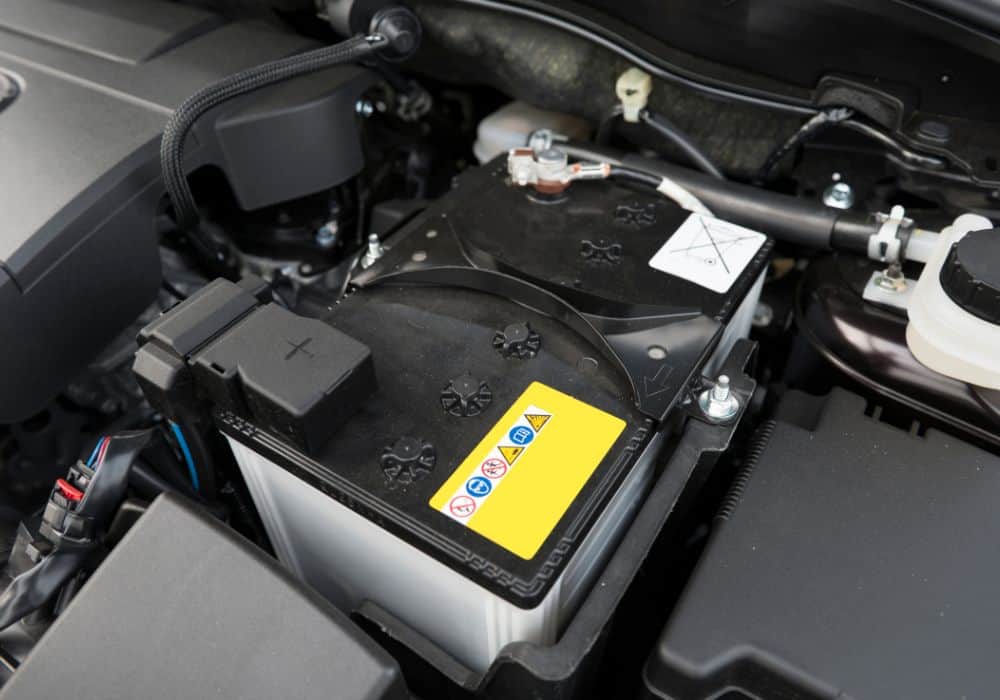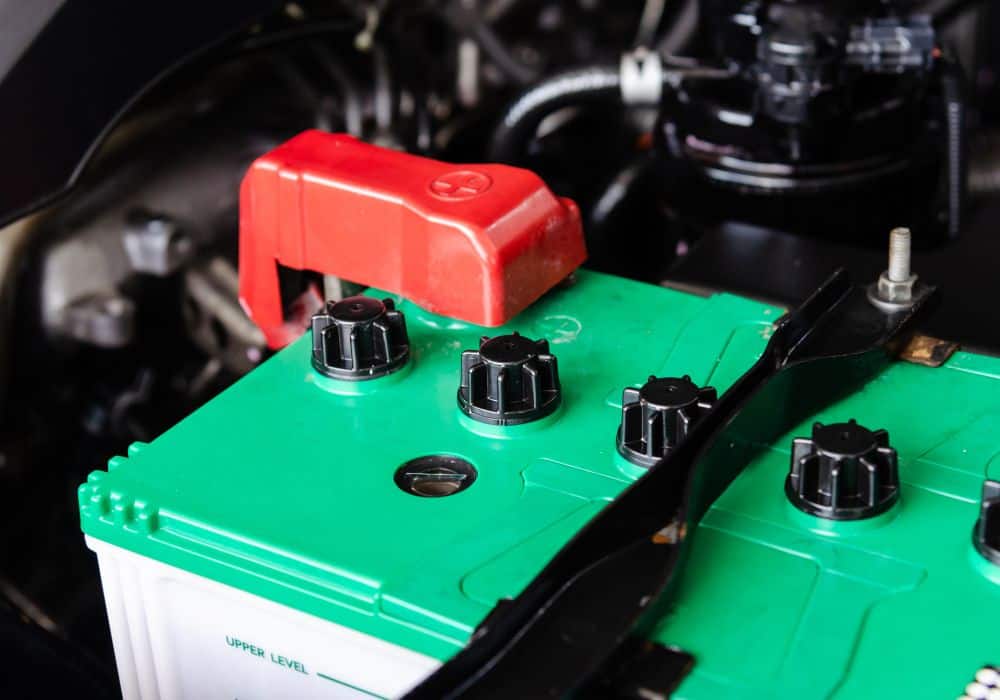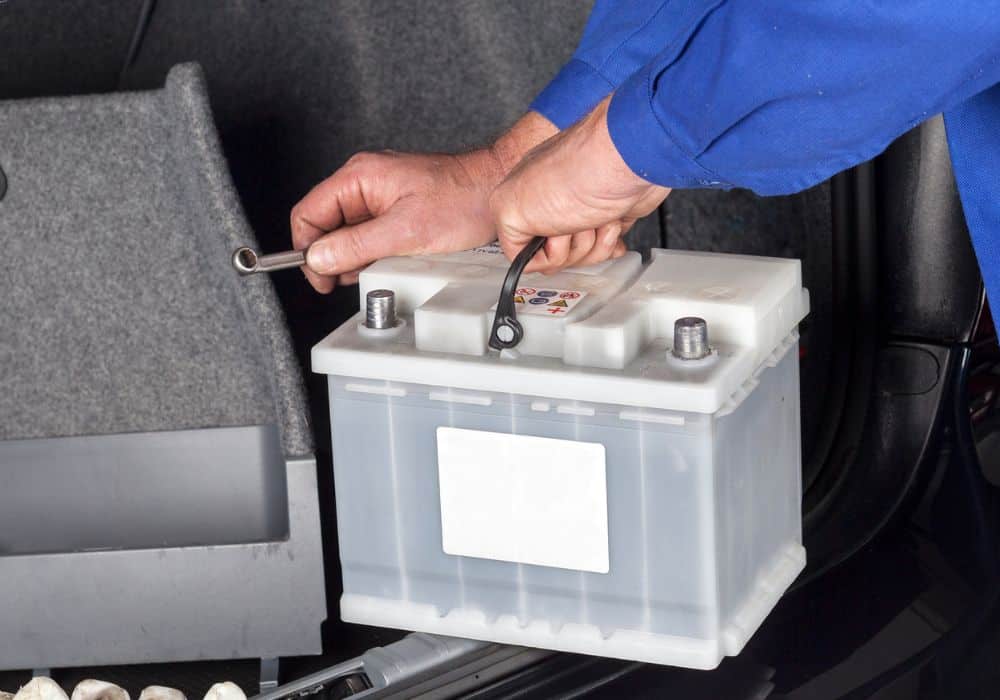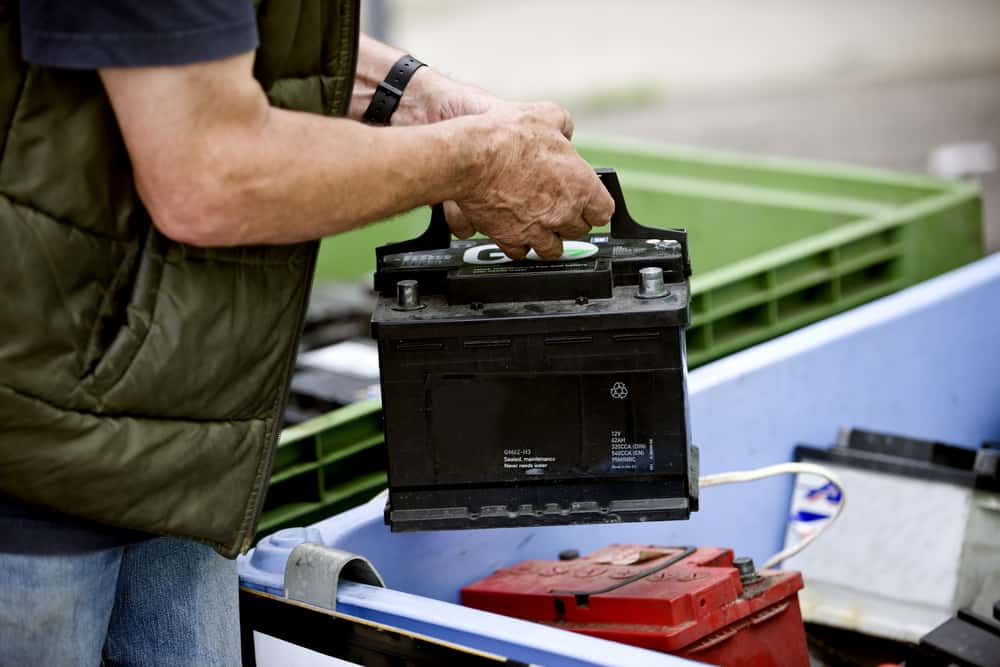Are you confused about which battery to get for your DIY automobile fixing project? Our in-depth H6 vs H7 battery comparison guide can help eliminate your doubts and help you choose the option. Whether for automotive or light industrial use, H6 batteries and H7 batteries offer exceptional power and outstanding usability.
Now, our guide takes a deep dive into how exactly these two power hubs differ and function. In turn, you will get a better contrast and understanding of the two, allowing you to pick the right choice. So, don’t break out your toolbox out of the garage just yet, until you figure out which battery is better – an H6 or H7 battery.
Table of Contents
H6 vs. H7 Battery: What’s the Difference?
The main difference between H6 and H7 batteries is their length. These batteries usually have the same height and width but differ in length. Nonetheless, the slightly longer length of H7 batteries gives them a higher volume and weight.
H7 batteries also enjoy an enhanced performance in cranking amps and reserve capacity, to mention a few.
H6 and H7 Batteries – In Detail

The terms “H6” and “H7” batteries typically refer to the DIN battery size classification. These batteries are most commonly used in small automobiles, marine vessels, and light industries. Unlike regular batteries, DIN batteries, such as H6 and H7 batteries, are deep-cycle batteries built with thicker metallic elements.
The thicker metallic elements allow them to release electricity more consistently. So, when used in a vehicle, the batteries ensure a more consistent, reliable, and powerful electrical operation of the vehicle. Further, the design of the batteries gives them a maintenance-free finish while withstanding vibrational and mechanical shock.
Typically, battery sizes with the classification “H” have the same width and height. This includes H5, H6, H7 and H8 batteries. The only value that changes across these size classifications is their length. But, even with their slight differences, H6 and H7 batteries are generally interchangeable.
H6 and H7 batteries are more common in automobiles, particularly in many European and most modern American vehicles. To truly understand the comparison of H6 vs G7 battery designs, you want to take a close look at each battery individually.
H6 Batteries
Also known as Group 48 batteries, H6 batteries are amongst the most common batteries used in small vehicles and some marine and light industrial applications. These batteries are usually rectangular in shape with recessed top post terminals.
Their dimensions are about 278mm long by 175mm wide by 190mm high. H6 batteries also weigh between 45 and 54 lbs. The weight usually varies based on the brand and make. The dimensions and weight of H6 batteries can tell you a lot about their capacity and performance.
Generally, H6 batteries boast a nominal capacity rate of 60 to 72Ah. Further, they have a reserve capacity of between 120 and 140 minutes while their cold-cranking amps can reach between 720 and 800 amps.
H7 Batteries
Also known as Group 94R batteries, H7 batteries are equally common batteries amongst small automobiles, marine, and light industries. Similarly, H7 batteries are rectangular shaped and have positive terminals towards the right side of the battery (when front facing). H7 batteries measure 315mm long by 175mm wide by 190mm high and weights between 51 and 57 lbs.
The slightly bigger battery tolerates deep discharges. Further, the battery has a longer reserve capacity of 140 to 160 minutes. On the other hand, its cold cranking amps extend to about 800 to 850 amps while the nominal capacity is at 76 to 80Ah.
H6 vs H7: Compared
Here’s an exhaustive look into the difference between H6 and H7 batteries;
1. Dimensions
As previously noted, H6 and H7 batteries have the same width and height. However, they vary when it comes to their length. Due to their length difference, H7 batteries are usually longer than H6 batteries. While H7 batteries measure 315mm long, H6 batteries measure 278mm.
2. Terminal Positions
In addition to their length difference, H6 and H7 batteries also differ in terminal positions. Both batteries have their post terminals positioned in the same way with similar polar differences and sizes. But, H7 batteries tend to have slightly wider terminals.

3. Weight
H6 batteries weigh less than H7 batteries, with the former about 45 to 54 lbs and the latter weighing 51 to 57 lbs. While both batteries are heavy, H7 batteries are heavier and bigger. Generally, smaller batteries work great in cars as they don’t utilize as much space (space-saving advantages).
But, the heavier and bigger H7 batteries come with more advantages when it comes to capacity and performance.
4. Reserve Capacity/RC Rating
RC rating, reserve capacity, of a battery is pretty important and determines how long a battery can power your vehicle or machine after the charging system fails to function. The higher volume H7 batteries have gives them a higher reserve capacity.
While H6 batteries have a reserve capacity of between 120 and 140 minutes, H7 batteries have a slightly longer 140 to 160 minutes reserve capacity. With a higher reserve capacity, the H7 battery can deliver and sustain a higher operating power over a prolonged period.
5. Cold Cranking Amps
H7 batteries have a higher CCA rating than H6 batteries. While H6 batteries have a 720 to 800 amps rating, H7 batteries have an 800 to 850 amps rating. Now, CCA, also known as cold crank amps, refers to the battery’s ability to start an engine in cold temperatures. It is easier to start an engine in warm weather than in cold weather.
A higher rating can power up your vehicle at zero degrees Fahrenheit in just 30 seconds while maintaining a reasonable voltage. This means that H7 batteries have more cranking power and work better in cold climates.
Now, cold cranking amps rating isn’t just good in determining the battery’s power. The rating comes in handy in real-life situations. For example, the CCA rating is an important feature to examine depending on the climate you live in.
We’ve already established that H7 batteries have a higher CCA rating and do better in cold climates than H6 batteries. In a real-life environment, the CCA rating deteriorates as your battery ages. So, in a cold climate, a higher CCA rating comes handy.
While H7 and H6 batteries work interchangeably, it’s not a good idea to replace H7 with an H6 battery in this situation. This is because the change impacts the CCA rating of the battery (H6 has a lower rating) and results in power performance.
6. Nominal Capacity
Nominal capacity refers to the amount of energy discharged by a fully charged battery under particular temperatures and loads. H6 Batteries have a nominal capacity of 60 to 72Ah. On the other hand, H7 batteries have a higher nominal capacity of 76 to 80Ah.

7. Overall Features
Features such as weight are not only used to tell you which option is better. You can actually combine different features like the weight and the battery’s nominal capacity to tell you more about what it can handle. For example, a lower weighing and lower amp hour H6 battery work great for racing and high-speed performance vehicles, like mustangs and Lamborghinis.
On the other hand, a heavier and higher amp hour H7 battery will give you more capacity in your vehicle support accessories like car alarms and cameras. Further, the H7 battery will handle cold weather better.
8. Uses in Automobiles
The H6 battery is typically used in European cars and modern American cars, like the Porsche 911, Chevy Corvette, Chevrolet Colorado, Acura MDX, and Jeep Wrangler. On the other hand, H7 batteries also fit European cars, such as Audi A4 and BMW 5 series.
They also work great as battery replacements for most late-model American cars, such as Dodge chargers, Dodge challengers, Ram trucks (1500 to 5500), newer Jeeps Cherokees, and Wranglers, to name a few.
Conclusion
H6 and H7 are interchangeable and have similarities. Nonetheless, it would be unrealistic not to acknowledge the two batteries’ somewhat significant differences. Ultimately, there’s really no easy way to determine the best battery option when it comes to H6 vs H7 battery.
After all, their difference in size has a significant impact on their functionality. At the end of the day, picking which battery is right for your vehicle depends on various factors. These include your vehicle/machine type, your driving patterns, and even the climate where you live. For example, the H7 battery offers more power and capacity in colder climates.
But, there are instances where H6 batteries can be used in some vehicles in place of H7 batteries. However, in other cases, using the wrong size for your vehicle or machine can come with consequences. The wrong battery size can affect the electrical current in your machine. This, in turn, leads to increased power surges that can ultimately damage your vehicle machine’s entire electrical system.
So, in addition to an exhaustive H6 vs H7 battery comparison to know their difference, there’s one more thing worth doing. It’s worth checking with the manufacturer’s manual or guide, to figure out what battery the machine is compatible with.
